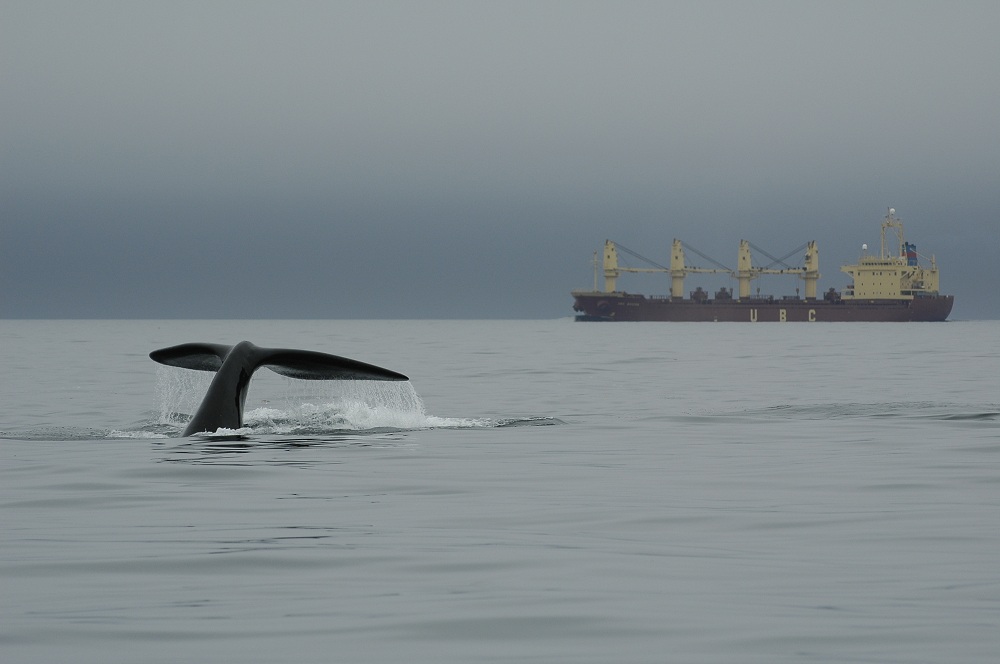Most Whale Deaths Since 1970 Were Human-Caused

Early Sunday (Oct. 7), a 50-foot fin whale was spotted belly-up in Boston Harbor. Biologists are still investigating the cause of death, but some scientists on the scene said they saw a lot of bruising and pressure lines on the whale's body, according to WCBV-TV.
Such markings could indicate the whale got tangled or wrapped in something, which might not come as a surprise. A report out this month found that humans might be to blame for most large whale deaths over the past 40 years in the northwest Atlantic Ocean, with entanglement in fishing gear the No. 1 killer.
The study looked at 1,762 known deaths and likely fatal injuries from 1970 to 2009 among eight species of big whales in the region, including the endangered fin whales, which reach up to 90 feet (27 meters) in length, making them the second-largest living mammals after blue whales. A cause of death had been determined in 750 of the cases (around 42 percent), and of those, nearly 67 percent of the fatalities were human related.
Getting ensnared in fishing gear was the leading cause of death across all species, killing 323 whales, while vessel strikes took the lives of 171 more. Meanwhile, 248 whales died of causes not directly related to humans, such as an infection, stranding or natural causes, the researchers said.
Since 2003, there has been a rise in efforts to cut down on accidents involving whales, such as a 2008 U.S. legislation known as the Ship Strike Rule, which introduced restrictions on certain routes and speeds, aiming to reduce the number of vessel strikes on right whales. However, the researchers noted that they saw no significant change in vessel-strike fatalities in light of these reforms.
"So far, regulatory efforts have not reduced the lethal effects of human activities to large whales on a population-range basis, although we do not exclude the possibility of success of targeted measures for specific local habitats that were not within the resolution of our analyses," the authors wrote.
Their study, led by Julie van der Hoop of the Woods Hole Oceanographic Institution in Massachusetts, was published online Oct. 1 in the journal Conservation Biology.
Get the world’s most fascinating discoveries delivered straight to your inbox.
Follow LiveScience on Twitter @livescience. We're also on Facebook & Google+.



